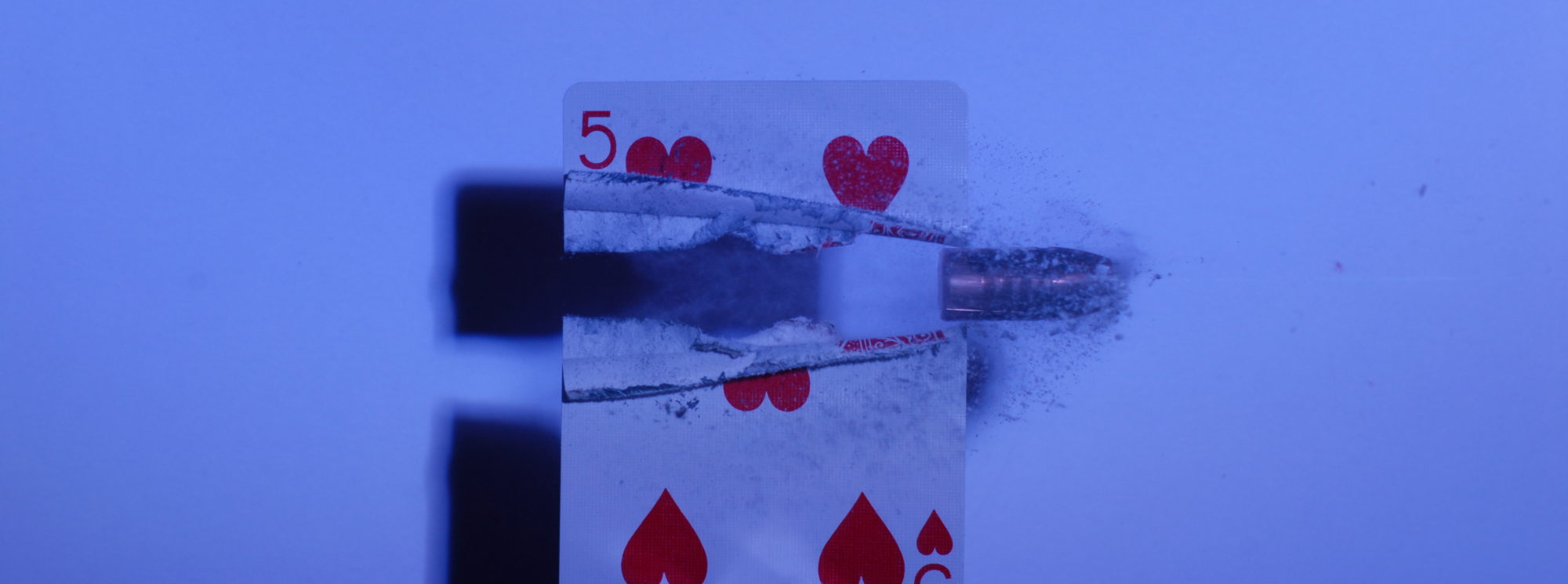I believe the foundation for any build is having a good frame. Typically this is where I start the design, and it is where I start when I am building something. With most of the major design components being completed on the 3D Printer, we started putting the frame together.
The process starts with cutting out all of the wooden pieces. This took quite a bit of time. Fortunately for me, a friend loaned me Craftsman Scroll Saw. This sped things up quite a bit. Once the pieces were cut out, I used a dremel and file to remove all of the sharp edges, and give the parts more of a finished look.


I am definitely not much of a woodworker. I tell myself that I am creating more of an artesian look. The critical dimensions on most of these parts are the relative hole locations. The edges can be off quite a bit an not affect the function of the part.

When assembling the frame, having printouts of the final assembly from one or two angles is helpful. This ensures that I get all the pieces in the right spots. Dimensions are needed, right now.

Working with the 80/20 extrusion make assembling components pretty easy, except you need to have some for thought. If you need a certian number of anchors for a leg, you should make sure you push them in before you get things bolted up. Otherwise you’ll be disassembling everything to insert one or two more.

Assembly of the components is pretty straight forward. It takes time an patience. You want to check to make sure everything is square. I cut the extrusions to length a few years ago. My precision cuts, were less so back then, and there are gaps in the joints which leave me less than enthused. I am not sure if I will use a shim to fill the gaps, or if I’ll leave them.


Once the left and right sides were completed, the only logical thing to do was to connect them. Shortly after having that idea I ran out of screws.


The Z-Axis linear rods arrived and I went to work getting those ready to install in the frame. Similar to the Y-Axis, they aren’t specifically there to provide structure, but I did integrate them into the frame as I figured they would add some rigidity and expand the print area.

Cutting the rods to length was simple. They needed to be faced, drilled and tapped. The drilling and tapping force me to get a bit creative. As with the Y-Axis Linear Rods these are case hardened. I discovered the best way to face these was to first trim back the hardened outside, and then move in an face the softer interior.

The ends were tapped to 1/4-20 thread, and I ran the drill about 2in deep. I wanted to have plenty of clearance. The proper drill size is a #7 drill bit. I tried to tap it on the lathe, but I struggled. The material didn’t cut easily, and after some though I drill a 1/4in counterbore about 0.250 deep. This allowed me to use the counterbore to get the tap started, and has no bearing on the functionality of the part.

It took me longer than it should to get the rods faced, tapped and then installed into the frame. Even still I’m not done. I put the bottom board on, and am concerned that it’s too wide. This was apart I had made when I originally began this project three years ago, so I’ll need to recheck it, and perhaps make a new one.

(After reviewing the pictures, I should probably note that Diet Dr. Pepper is not an official sponsor of this build, but if they would like to be, they can contact me at JayAndrew338@gmail.com 🙂 )
The 1/2in Linear Rods were ordered from McMaster Carr I found their prices to be decent on both the 1/2in Linear Rod and the Lead Screws I needed. It made sense to order it all at once and not pay the extra shipping.
I made a last minute decision and decided to counter sink all of the screws holding the frame together. This would allow me to more easily enclose the printer, and make something of a tight seal. This seal will help to control the release of fumes that are emitted by some plastics, help to dampen the sound, and will allow for better temperature control within the print chamber.
Of course this design change required using a 82 degree countersink, purchasing new 3/4in flat head screws and altering the parts.


The frame is almost completed, a few more hours of work and it will be completely assembled for the first time. Once we have the printer completely assembled we will need to pull everything apart and finish the parts. This will likely include a light sanding and the application of polyurethane. I’ll also put wood fill in some of the areas where the plywood has chipped, but for now everything looks good.

As I stated before, I anticipated this frame will be assembled and disassembled several times before the printer is deemed “Complete”. However here the build is to date, there may be changes made as we run into unsuspected problems, or it may be unchanged. Time will tell.
As a side note, the 80/20 extrusion is good to work with, but with a few exceptions. One of those exceptions is placing the T-nut where you need it. Honestly, it drove me nuts (Pun intended) until I figure out a little trick with a piece of welding wire.

Now that the frame is completed I suspect the rest of the build should proceed fairly quickly. I’ll continue to post updates as time and money allow.

